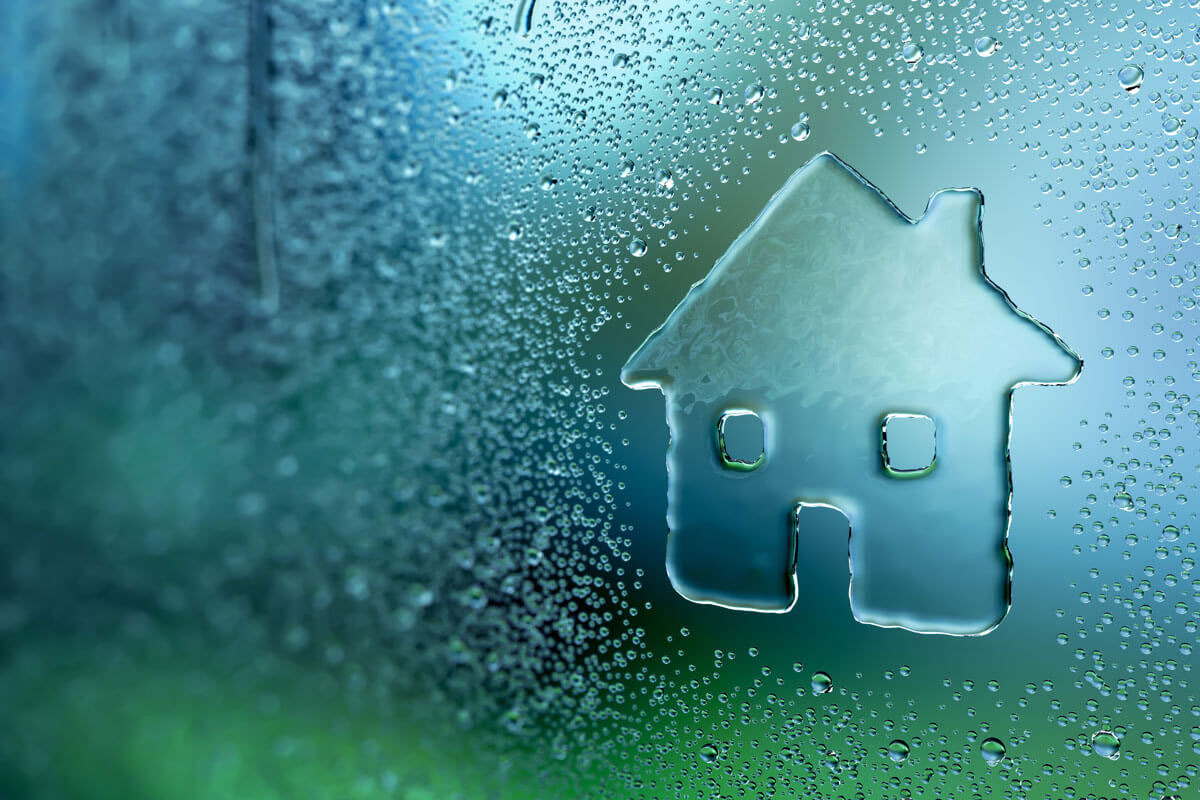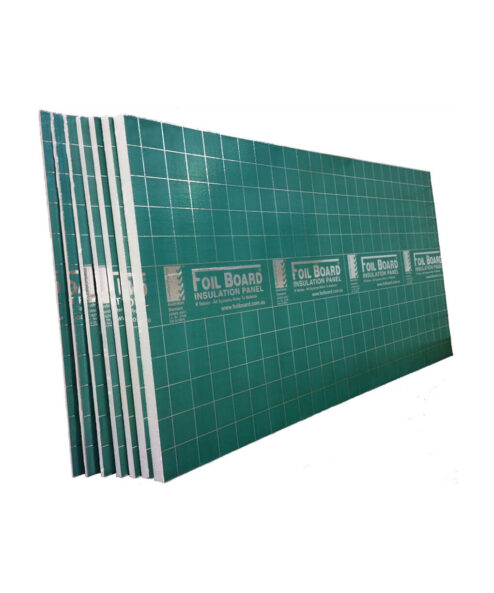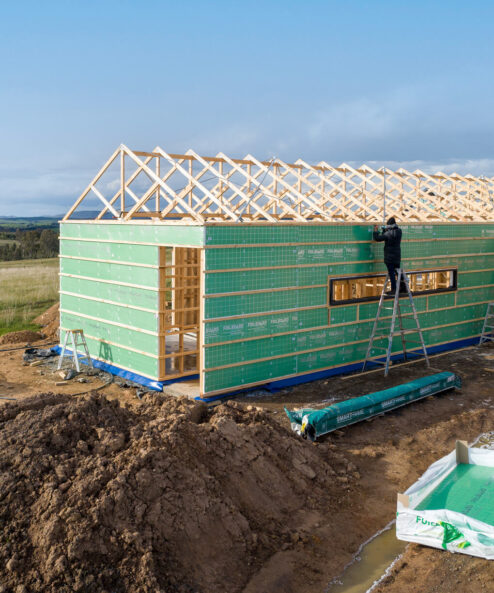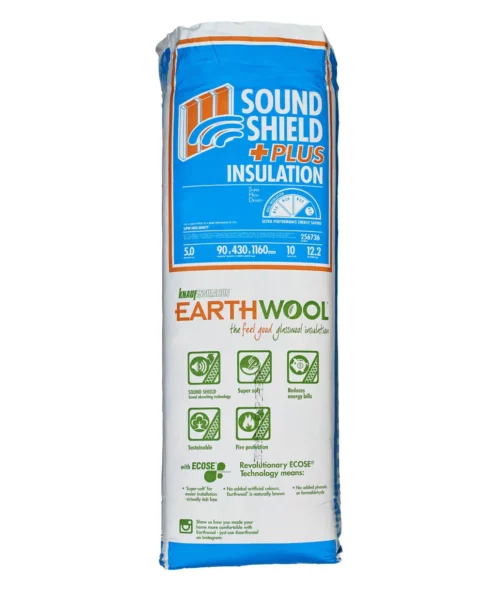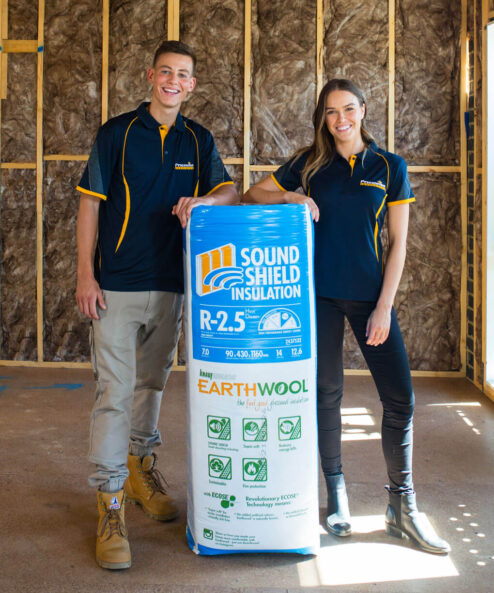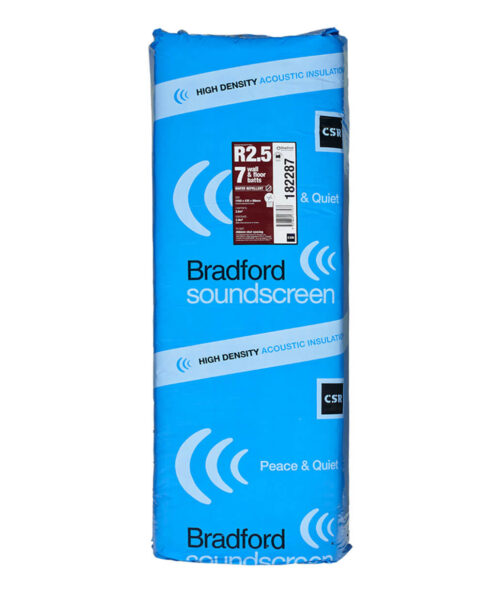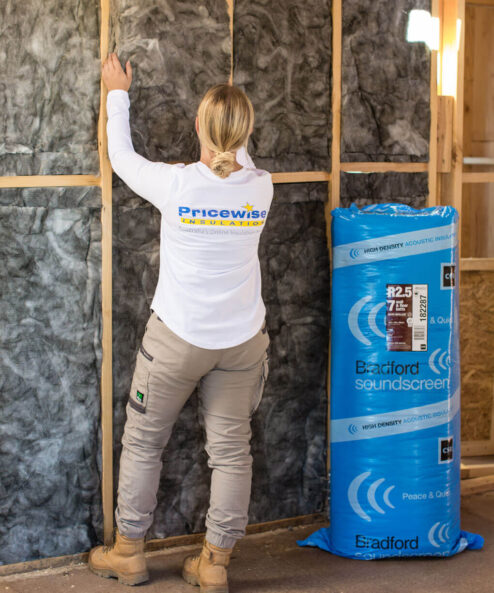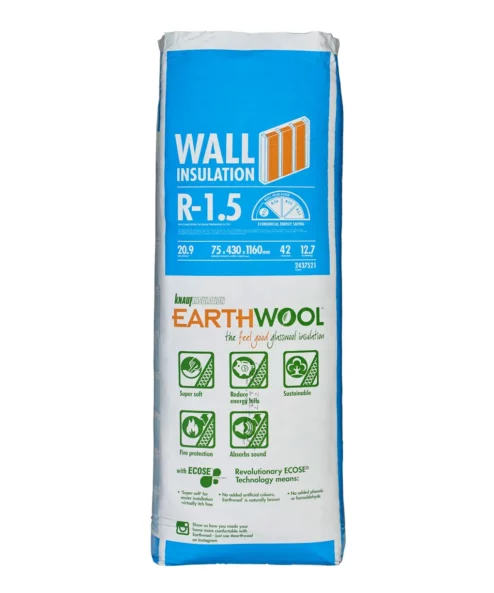Insulation Tips
How to Treat Condensation on Walls: Tips and Tricks for Homeowners
While it may not be an immediate problem, homes with excessive condensation issues are often prone to moisture build-ups, and in some extreme cases, mould and rot.
In this guide, we explain everything you need to know about how to treat condensation on walls, and how to identify and deal with the fallout.
What is condensation and how does it affect homes?
Condensation is the process by which water vapour turns into liquid as it comes into contact with a colder surface – like a glass window or a wall. In homes, this can be seen as droplets of water on windows, walls and other surfaces. Condensation can affect homes in several ways, as excessive moist air can lead to dampness, mould growth and even structural damage. It can also cause health problems for anyone exposed for long periods of time, particularly anyone with respiratory issues.
Common causes of condensation
Everyday activities such as cooking, washing and using heating appliances all produce water vapour. Once vapour levels in the air reach a ‘saturation point’, moisture in the air turns into water droplets and condensation forms. When this occurs, the air is known to have a relative humidity level of 100%.
Usually, humidity levels in a home remain steady at around 50-70% relative humidity. The greatest concern to homeowners and builders is the formation of excessive levels of condensation in between layers of construction (known as interstitial condensation), which can cause irreversible damage to the structure of a building. This type of condensation forms on the interior side of a building structure such as; walls, flooring or roof space.
How to spot condensation and moisture build-up in your home
In a well-ventilated building, condensation should evaporate quickly. However, in an airtight building without proper ventilation, condensation can build up in vulnerable areas such as on carpet, wallpaper or timber floors.
You may even notice a damp ‘muggy’ smell in your home, and small black spots appearing in areas such as the bathroom, basement or attic. This is when you have a problem that should be quickly addressed and resolved. Before installing any type of insulation, especially wall insulation, we recommend inspecting the cavity spacing to ensure there is adequate ventilation.
How to avoid condensation and moisture in your home
Here are some tips on how to avoid excessive moisture from building up on your internal walls:
Improve ventilation
This will help reduce warm air and humidity levels and can be achieved by opening windows and doors, using extractor fans in kitchens and bathrooms, and ensuring that air vents are not blocked.
Produce less moisture
Reducing the levels of warm air and moisture produced in the home can also help to prevent condensation. Simple steps like covering pans when cooking, drying clothes outside, and using a dehumidifier can all help to reduce the amount of moisture in the air.
Insulate your home
Installing quality insulation can also help to prevent condensation by keeping surfaces warmer and reducing the likelihood of them reaching the dew point. This is particularly important in colder rooms, such as bathrooms and basements. Our team recommends using exterior wall insulation to warm sensitive surfaces to reduce the risk of condensation build-up.
Make sure you install a permeable wall wrap such as Bradford Enviroseal ProctorWrap (RW) Insulation, in line with changes to the National Construction Code 2022.
How to treat moisture-affected areas?
If you’re past avoidance and onto damage control, don’t worry. There’s always a solution available, no matter how bad the damage is. Here are some pointers on how to fix condensation on interior walls:
-
-
Identify the extent of damage
Without knowing how bad the situation is, it’s hard to calibrate your response. For example, if the damage is minor (some small damp patches on the interior walls), you might not need to go all-in by replacing the wall. However, if you notice a musty smell on the inside and outside, along with black mould forming on the interior wall surfaces, that is a sign that you are in for a big job.
-
Determine the cause
This might be a lack of ventilation in a particular room, or it could be that cooking habits are to blame. Whatever the cause, it’s important that you’re aware of how it happened so you can act to resolve the issue before actually repairing the damage.
-
Dry out the affected area
Use a fan or open the windows on a hot day to dry out any wet or soggy wood. Make sure that you are able to dry the entire affected area. If need be, call in a professional to assist.
-
Clean and remove mould
Clean the affected areas by removing any mould build-up, or by taking out any beams or panelling that are showing signs of mould or rot. Be sure to wear appropriate protective gear when doing this as mould can carry dangerous toxins.
-
Repair or replace damaged materials
Once all affected materials have been removed, replace them with new and resilient materials like vapour permeable wrap and wall insulation. It’s important that this is done correctly, as failing to re-install the right materials can result in further damage./p>
-
Monitor the affected area
Everything back in place? Good. Now keep an eye on the levels of moisture and see if you’ve managed to address the issue. It can be beneficial to take a photo of the area once repaired so you can map any future discolourations if they appear.
-
Should I use vapour permeable wrap or wall insulation?
Essentially, you can use both vapour wall wraps and bulk wall insulation together. Vapour membrane products prevent the entry of liquid water and reduces air flow through the membrane thus reducing the transfer of moisture. Installing a vapour wrap can greatly reduce the risk of mould growth issues in climates especially prone to these issues. This product is suitable for installation behind both brick veneer and lightweight clad walls.
When using vapour permeable wrap and wall insulation together, ensure you maintain an air space of at least 25 mm between the insulation batt and the vapour wrap.
There should not be a gap between the insulation batts and the plasterboard, as this will reduce the effectiveness of the batts. Make sure the insulation is flush with the timber joists for optimal thermal performance.
It is important to choose the right insulation for your climate, and construction type. Just remember, the higher the R-value the greater the thermal performance and insulation ability.
For concrete walls, we recommend using Kingspan Air-Cell Permiwall, while for cavities the best option would be Knauf Earthwool Insulation Batts. If you are planning on doing the job yourself, don’t forget to get a DIY install kit.
Shop quality insulation at Pricewise
No matter where you live, mould and rot can affect your home and impact your family’s life and health. Getting your hands on the right insulation is crucial to ensure your home is better protected against any condensation problems.
At Pricewise, we supply a wide range of wall insulations products to protect your home against condensation. Find the most popular brands on our online shop and have them delivered to your address in no time!



